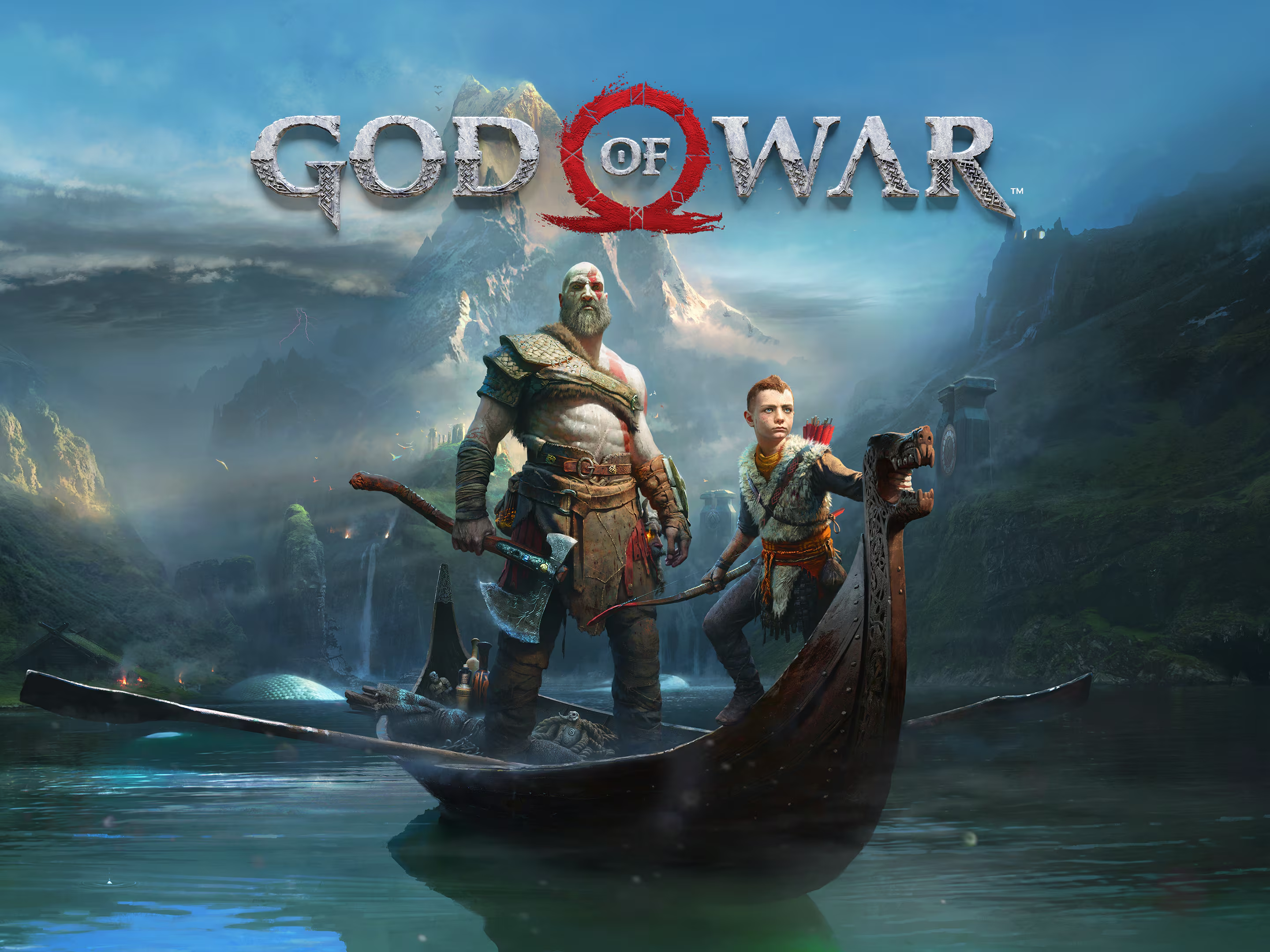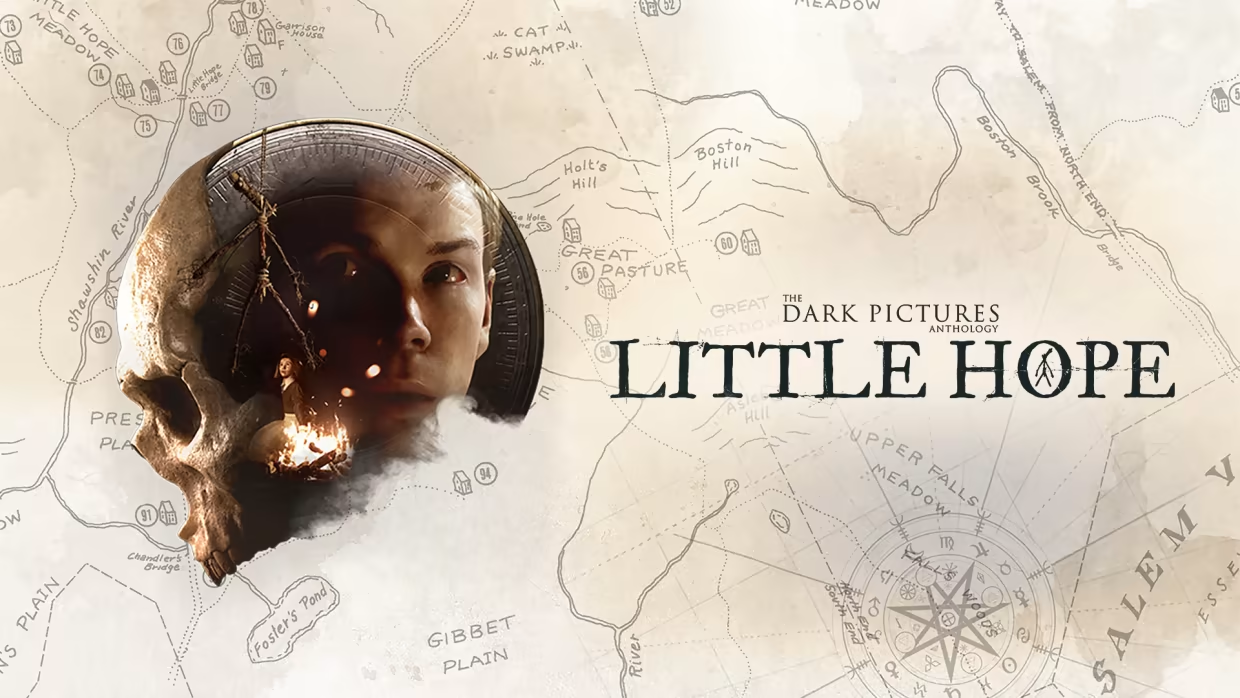Crysis Remastered
“But can it run Crysis” was a humorous question back in 2007, as the game was infamous for testing the power of any PC when it was originally released. The 2021 remaster of Crysis aims to make it a demanding game for current hardware as well, but the more important question should have always been “should it run Crysis” instead: is this game just a piece of demanding software, a glorified tech demo, or is there something more to it that makes it worth our time?
The game opens with a distress message from a female scientist, who claims to have found something strange on an island right before the North Koreans took over her operation. We hear this message while looking at what appears to be the inside of an alien structure, which is a pity: Crysis shows its hand too early, robbing any impact a sudden reveal of the alien presence could have had after some buildup. The game’s structure, after all, allowed for the aliens to be an effective twist, since we fight only the North Koreans for the first two-thirds of it.
We play as Nomad, a member of a special task force that wears a powerful nanosuit that can make soldiers resistant to bullets and almost invisible for a short time. As soon as Nomad’s team drops onto the island, however, things obviously go awry: he finds a colleague dead, hanging from a tree, torn to shreds by some creature. We already know it’s the aliens, so the suspense surrounding the scene doesn’t work that well: the only mystery is how they look and act, but even before the first level ends, we already have glimpses of that, too.

When Nomad’s leader, called Prophet, vaporizes the body of the fallen soldier to prevent the Koreans from gaining access to the suit tech, Nomad doesn’t bat an eye. We are led to believe that these are hardened soldiers who don’t care that their bodies won’t return home, but the truth is that they don’t care about anything besides killing North Koreans. Despite their impressive names, Nomad, Prophet, and Psycho have no personality to call their own, even less something resembling a character arc. Crysis is not interested in who these people are or what motivates them. The story’s function here is just to provide context for the action.
Nomad, for instance, is nothing more than a stand-in for the player in that world – and not a very good one at that, as he would have worked better if he had remained silent all the time, instead of voicing some generic lines now and then that just remind us he could have been a proper character. Prophet is the only one that stands out – due to his eventual anger against the aliens – but only because everyone else around him is a cardboard cutout.
It’s symptomatic that the main enemies in the game are North Koreans with no personality. There’s a moment during the climax when we discover that the ship that we must protect from the aliens is called the USS Constitution: on the one hand, this lends a grand meaning to the final battle (as now we are not only defending a simple US ship, but what the country stands for), but on the other, until this moment the game never even attempted to define what that could entail. In other words, what permeates Crysis’ narrative is just bland, superficial patriotism.
Crysis’s strength relies on the sandboxy nature of its level design. Instead of linear corridors and scripted set-pieces, we have large open areas with optional objectives that make achieving the main goal easier. The second level, for instance, asks us to find and rescue a hostage in the middle of a Korean outpost on the island. If we complete the secondary objective first, we will discover the exact building the hostage is being kept, which will help us better plan the infiltration.

It’s great that we can roam freely on these levels, too: we can jump from the top of a mountain if we so wish, and if we manage to survive the fall, we will have to discover the way back to where we were by ourselves. This imbues the levels with a sense of place, as they don’t seem to exist solely for the player anymore – we can even get lost in some of them if we are moving without paying attention. This also allows for some improvisation and exploration between the shootouts. If we lose a tank in a mission that requires one, for example, the level is not immediately over, for we can still look for another one on the island, searching enemy outposts for one or something with similar firepower.
The nanosuit embodies the two ways we can tackle a situation in Crysis, as it gives Nomad resistance to bullets for direct gunfights and a cloak for stealth. The suit runs on a meter that recharges when not in use and depletes fast otherwise, which means it just helps Nomad overcome difficult odds instead of turning him into an unstoppable killing machine just by itself: running guns blazing without using cover will result in a game over screen in a matter of seconds even with the suit.
Regarding stealth, the cloak doesn’t turn Nomad fully invisible: there’s a great moment in the game when we fight enemies who are using similar tech and this limitation of the nanosuit becomes not only plainly visible to us, but we are meant to exploit it to defeat the “almost invisible” soldiers, catching the distortion in space they cause when moving.
This means that if Nomad gets too close to enemies, they will spot him nonetheless. If he moves fast, enemies will hear him, and if he’s far away, crouched, moving like a turtle but there’s still a flashlight attached to his gun, he will be spotted anyway. And if we shoot an enemy while cloaked, the cloak will deactivate immediately – so we have to kill them while properly hidden in the shadows or bushes anyway.
The problem with the stealth in Crysis is that the game doesn’t hand you much information to work with, so there’s a bit of getting used to with how the system works. We don’t know how well hidden we are in a bush, for example, or how much noise we are making when walking slowly, which means enemies will sometimes spot us without warning, which can be needlessly frustrating – especially since they share a “hive mind” and everyone knows where we are when we are spotted.
When the aliens finally arrive, they at least shake things up a bit. There’s a level inside an alien ship whose design is completely different from the rest of the game – almost its complete opposite –, reflecting their disrupting function in the narrative. Instead of exploring a sunny island with some freedom, here we must float through windy tunnels with a labyrinthine layout that makes the ship seem like a dark prison. It’s also great that when we finally escape the ship, we see that the aliens have also changed the environment outside, making the island feel new again. It’s only a pity, then, that this part of the game is over too soon: Crysis would have benefited from having extended the fight against the aliens, allowing them to have a bigger impact on both gameplay and story.

Finally, there’s the matter of the checkpoint system, which can become a nuisance if the player is unlucky. It creates a checkpoint automatically when Nomad crosses specific points in the map, but it saves the exact situation of that moment, so if we cross that unmarked point while surrounded by enemy soldiers with just one bullet left…that’s just tough luck.
There’s always been more to Crysis than just the horsepower needed to run it. The destructible buildings and foliage that led to its fame don’t even matter that much at the end of the day, just adding to the spectacle of the fights. So, instead of just updating the graphics to make modern hardware struggle with it too, the remaster could have tackled issues that made the original game such a flawed experience in the first place. But unfortunately, instead of trying to develop the story and characters or update the stealth system, the remaster just attempts to make us ask that infamous question once again.
January 20, 2024.
Jack Mamais.
Greg Sarjeant, Martin Lancaster and Tim Partlett.
Inon Zur
10 hours.
Switch.

























